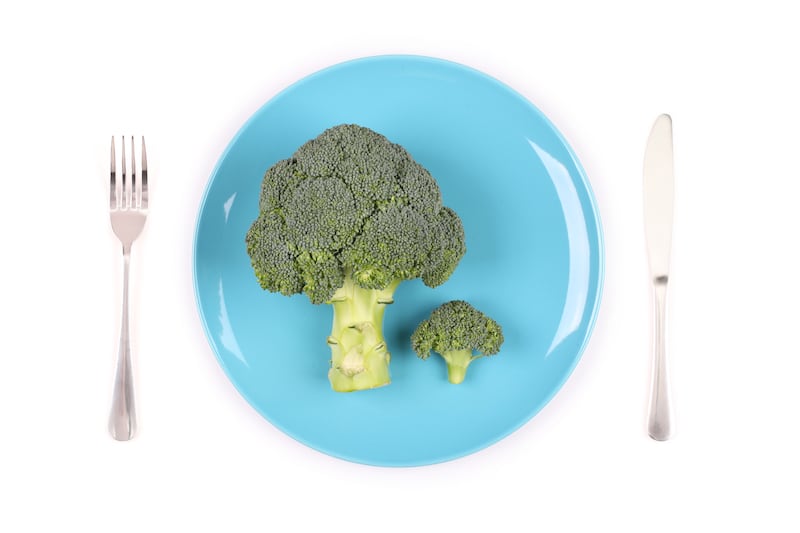OSTEOARTHRITIS (OA) is the most common form of arthritis. It can affect any joint, but most commonly affects the knee, hip, hand and feet joints, causing pain, swelling and stiffness in joints.
As we get older the risk of developing OA increases, but it can also present in younger people, especially at the site of an injury. According to the National Institute for Health and Care Excellence (Nice), X-ray studies show that at least 50 per cent of people aged over 65 have evidence of osteoarthritis, but it does seem that more and more people, are developing the condition. So what is going on?
According to American researcher Dr Susan Blum, author of Healing Arthritis, evidence clearly points to environmental changes, including our poor diets, the state of our gut and environmental toxins.
This inflammatory condition can affect your quality of life but there are plenty of things you can to help manage symptoms and allow you to live life to the full. Working out the right diet for you can take little bit of work and time but it is worth it, as you are likely to feel a whole lot better.
Anti-inflammatory foods
Packing plenty of anti-inflammatory foods into your diet each day is the first step in managing symptoms. These include:
- Colourful fruit and vegetables:
Aim to eat at least seven portions of fruit and veg each day. Include plenty of colours and variety. Fresh or frozen are preferable to tinned.
- Healthy fats:
Olive oil, oily fish, nuts, seeds, avocado
- Herbs and spices:
Such as ginger, turmeric and rosemary
Pro-inflammatory foods
Some foods can increase levels of inflammation in the body, so keep a check on these and aim to cut them out of your diet. A good place to start is doing a three-week elimination diet to help you work out if any of these foods are triggers for your joint pain.
- Processed meats such as ham, bacon and sausages
- Gluten (from wheat, barley, rye, oats)
- Corn
- Dairy (milk, cheese and yoghurt)
- Soy
- Sugar and artificial sweeteners
- Shite, refined and processed foods
- Nightshade foods – although they have fantastic benefits for our health, some people with OA find that their joint pain is worse when they eat these vegetables. The nightshade foods include potatoes, tomatoes, peppers, courgette and aubergine.
How to do an elimination diet
- If you’d like to try an elimination diet, the key to getting it right is planning ahead. Work out what you are going to eat each week and make a shopping list from that. Look for gluten-free alternatives (just check they are not overly processed and watch out for potato starch), and taste some dairy and soya free options to see what you like.
- Look online for resources and recipe ideas, and remember that you are only doing this for three weeks; it is not forever.
- Once you have finished the three-week elimination diet, it is time to reintroduce the foods you have cut out. Take your time doing this and bring them back in one at a time, leaving four days between each reintroduction so you can notice how your body reacts to each food, and to give your system chance to reset before you try a different food.
- For food groups like gluten and dairy the reintroduction phase will take a while, so make list of what you have eliminated and bring each food in separately, rather than trying the whole food group at once.
For example:
- Gluten: Includes each type of bread you eat (eg you may find that you react to wheaten, but not sourdough or flatbreads), pasta, couscous,
- Dairy: Each type of cheese you normally eat (eg you may find that you react to cheddar, but not goat’s cheese), milk, yoghurt
Stress management, staying at a healthy weight and keeping active are really important ways to manage joint pain in OA too.








